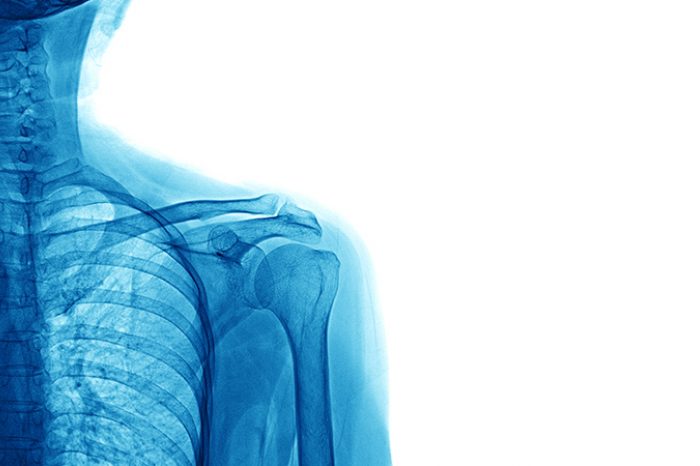

In a recent publication by Dr. Centeno et al., patients with partial to full thickness, non-retracted supraspinatus tendon tears were enrolled into 2 experimental groups. Half of the patients received a bone marrow derived mesenchymal stem cell and PRP injection and half of the patients only were treated with exercise.
A midterm publication of 25 patients who had reached the 12-month follow-up demonstrated significant improvement in pain and function. In addition, MRI showed that the size of the tear decreased in most patients after a bone marrow concentrate stem cell injection.
Conclusion: Dr. Centeno found that ultrasound guided bone marrow concentrate/PRP injections were safe and a viable alternative for torn, nonretracted supraspinatus tendon tears.
There are 4 rotator cuff tendons in the shoulder. The supraspinatus tendon crosses over the top of the shoulder and is most commonly injured. Rotator cuff tears can be partial or full thickness tears. Learn more about rotator cuff tears here.
Not call tears require surgery, but the literature on orthobiologics for rotator cuff tears is mixed. Some of these mixed results maybe due to differences in the study design, such as the type of rotator cuff injury included or the type of orthobiologic injection.
Typically, partial tears can be treated conservatively and are candidates for regenerative injections. What is interesting about this study is that even full thickness tears improved with bone marrow concentrate/PRP injections.
Determining the integrity of the rotator cuff tendons is essential in deciding between surgical and non-surgical management. Multiple studies have demonstrated that US and MRI have comparable accuracy in diagnosing RCTs before surgery, although the accuracy of US is more operator-dependent (Okoroha et al. 2019).
Diagnostic ultrasound can provide valuable information about the size and degree of the rotator cuff tear. Boston Sports & Biologics is one of only a few sports medicine clinics in New England accredited by the American Institute of Ultrasound Medicine (AIUM).
Learn more about the type of tears and what kind of rotator cuff tear would be a candidate for an orthobiologic procedure.
Learn more about orthobiologic injections for rotator cuff tears, including how PRP can provide an alternative to surgery.
Bone marrow aspirate concentrate, or BMAC, is a safe and reliable source of mesenchymal stem cells (MSCs), and one of the few forms of stem cell delivery in compliance with the US FDA guidelines.
To schedule a consultation and learn if you are a candidate, call to schedule with Dr. Sussman at:
Adductor longus selective tenotomy is a modern surgical treatment for chronic groin pain that offers faster recovery and better outcomes than traditional full release surgery. The adductor longus, an inner thigh
Read MoreDiscover how ultrasound helps diagnose plantar fat pad atrophy, a leading cause of ball-of-foot pain. Learn about symptoms, thickness cutoffs, and why early detection matters for relief.
Read More